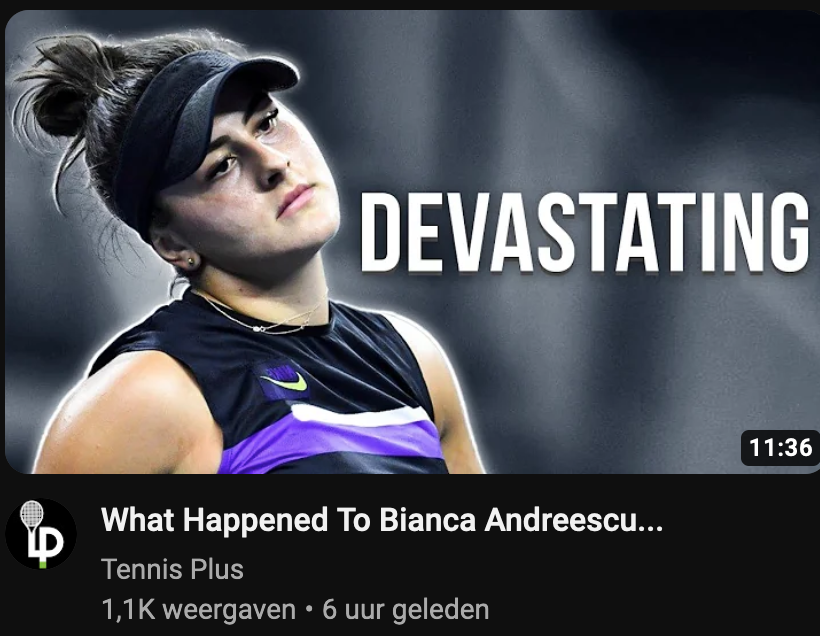Everyone can use a good title, be it for a novel, an article or a film. For this blog entry, for example, “Clickbaiting: Typology and Subtextual Deconstruction” wouldn’t have taken my readers very far. That’s why a healthy dose of catchiness is welcome to ensure a minimal readership. It sets the mood and it’s a good conversation starter. Clickbaiting is one step further, or too far, in that direction.
Many great, famous, gorgeous titles — think of Apocalypse Now, J’accuse…!, A Streetcar Named Desire — could qualify, if transplanted onto a contemporary 1280 × 720 pixels YouTube thumbnail, as clickbaiting. This is an outrageously unfair proposition since clickbaiting is generally associated with very bad or just plain rubbish content. Here below, I’m not going to worry about the quality of the content. Indeed, some of it may be very good. I just want to put on display the most blatant tactics I’ve come across recently on YouTube and become a better person in the process.
Note that the sample thumbnails that I’ve scattered around here are not clickable, because the whole point is NOT to click. If you’re genuinely interested, you’ll know what to do.
In order to harvest clicks, there’s nothing more obvious than a celebrity. Or maybe two, coming from diametrically opposed political horizons, one of them making a funny face. The random guy on the right is optional. As will soon become obvious, funny faces on thumbnails are important.


Here is another example of funny faces. Note also that the word “humiliated” is in all caps. This typographic choice is a classic clickbait device. The protagonist is not just humiliated. He’s HUMILIATED. See the difference? The use of exclamation marks here is quite sober, normally you would use three or four.
If you want to succeed in the clickbait industry, you’ve got to make a list. It doesn’t matter what you list. It can be about the most trivial and boring things, but it has to be a list. Even this blog post is a sort of list. On the following thumbnail, the funny face and the mysterious question marks are just a nice touch. The important thing is that it’s a list. Even more powerful is a top n list, where n is preferably a round number such as 10 or 20. Be careful though, if you take n equal to 1, then it’s no longer a list, it’s just a thing.


Talking about 1-item lists leads me to superlatives. In the following thumbnail, there is no funny face, Becky is just smiling, nor a list or any of the other clickbaity features mentioned so far. It’s a pretty sober picture, but it’s a superlative. You won’t hear about just any parenting strategy, but the most important one. Even if you don’t believe that there is such a thing as “the most important parenting strategy”, you have to click, don’t you? Are you taking any risks with your children’s education? It’s a subtle Pascal’s wager and it’s quite efficient.


Here’s a formula that I noticed recently: «What happened to…». Note the all caps and Bianca’s sad demeanor. What happened to my favourite tennis player? I need to know. A quick look at this channel’s list of uploaded videos reveals other very tempting clicks: «What ACTUALLY Happened To Carlos Alcaraz…», «What REALLY Happened To Garbiñe Muguruza?…», «What Happened To Novak Djokovic?… (Wasn’t Expecting That!)». The combinations are endless.
If no one has clicked on your thumbnail yet, you’ll have to resort to extreme strategies, and you’ll expose yourself as an attention whore. In this category we have what I dub the Desperate Reverse Psychology Rhetoric. You probably already have an idea where this is going: «Don’t watch this video!», «By all means, do not click here!». Ok, I’ve just made those up, but you’ll find them anyway, I’m pretty sure.


Recent Comments